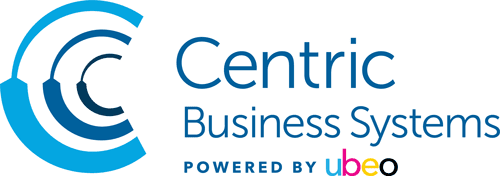Secure Your Future
Every day, in your workflow, you handle confidential data like addresses, phone numbers, passwords, and payment information — data that is vital to running an organization efficiently. Additionally, you manage employee records, IDs, network passwords, and other corporate intellectual property that’s required for day-to-day operations. Protecting that data, whether from inadvertent, non-malicious breaches or attacks from cybercriminals, should be a top priority. Not properly securing your information, whether it exists in paper or digital form, can significantly put the future of your organization or institution at risk.
In a recent study, almost 30% of establishments said they expect to experience a data breach in the next two years. For enterprises with less than 1,000 employees, the cost of damage, including loss of business from a data breach, can run $2 million or more. Studies also show that 25% of small and medium-sized businesses (SMB) declared bankruptcy and 10% went out of business after experiencing a data breach. Thankfully, there are many things you can do to reduce the risk of a data breach and to help reduce the cost of one if it happens.
About thirty percent of security breaches are due to current and former employees and have no malicious intent behind them. They happen due to documents being left in printer and MFD exit trays, an employee failing to encrypt the PDF that contains private personal data, someone attaching a sticky note with their password to their PC, or someone responding to the email promising a chance for a million dollars if they just click the link. These unintentional acts, along with others that happen within normal document workflows, can be addressed through employee education and ensuring the use of security features found in most office equipment and software today. You can use those features to:
- Require the use of a PIN, user ID, and password, or a card login method to retrieve print jobs. Working with a well-managed print services (MPS) provider will help you implement software and processes to secure, control and track print jobs.
- Encrypt your sensitive digital files using an information management software solution and encrypt the data between computers and print devices. Make sure the hard disc drive of any MFP has encryption enabled.
- Encrypt PDFs that contain valuable information as they are created or scanned and sent.
- Restrict scan users and scan destinations. Only allow the administrator to program scan or fax destinations on a multifunction printer (MFP) and manage user rights on the device to control who can scan.
- Make sure to install all software and firmware updates as soon as those updates are made available.
- Have a document governance plan and shred files that are at the end of their life and not needed any longer. This includes shredding of physical documents and digital shredding of documents on hard drives of devices – particularly at the end of life of a printer or MFP.
- Regularly educate employees on company security policies and processes and the security features and habits they should use every day.
- Create a security policy describing how you handle sensitive information in your company, organization or institution, including what methods, processes, and technology are to be used to secure that information. Then regularly educate employees on those security policies and processes so they follow them establish good security habits to use every day.
The risk of a data breach will always be present in today’s highly connected world. However, with planning, foresight, and partnering with an expert in technology like Centric Business Systems, your risk and the possible financial costs of a breach can be minimized.
Tags: IT Services, Security
